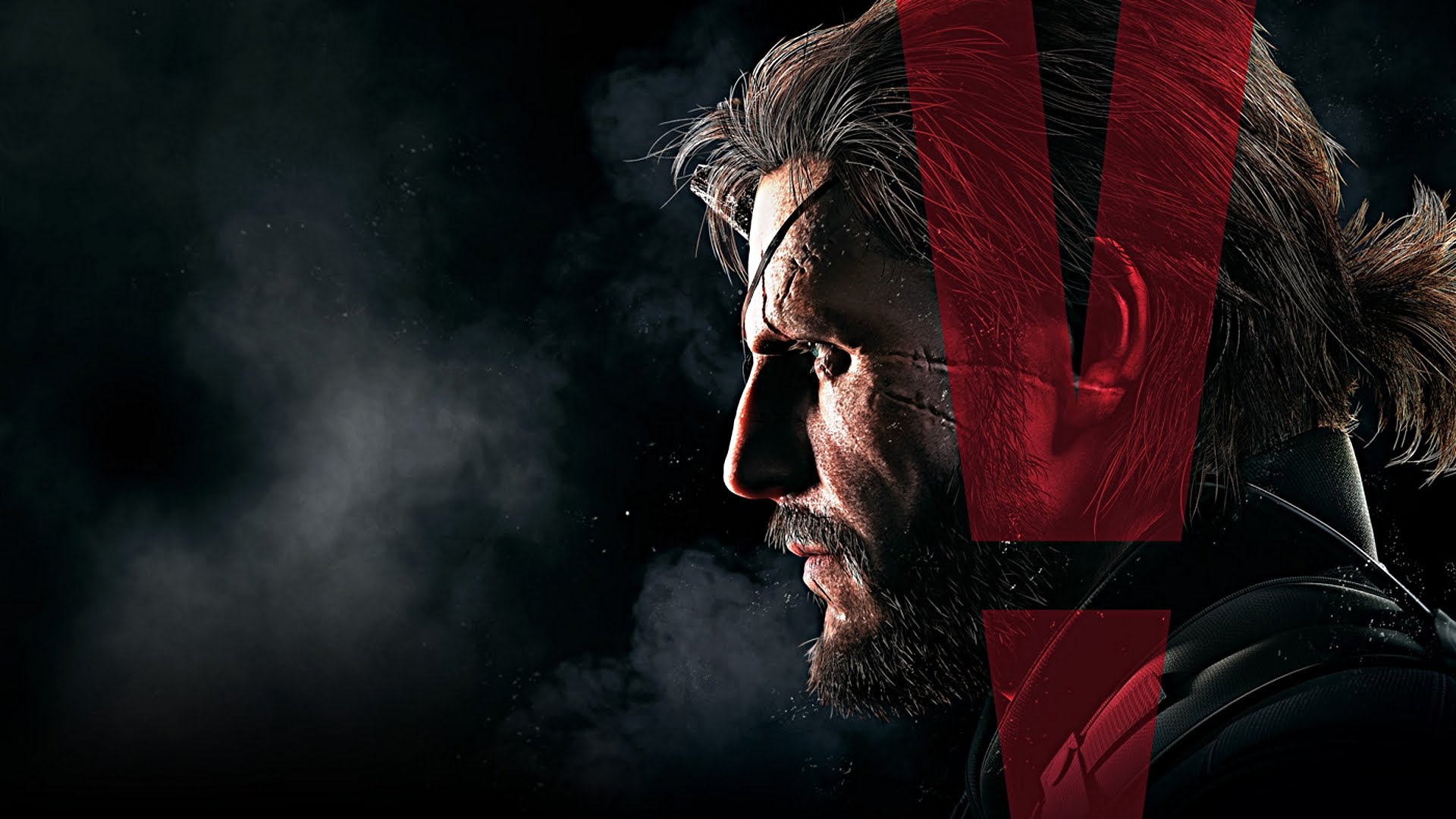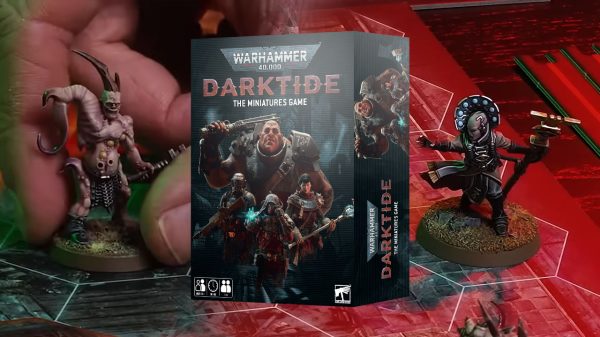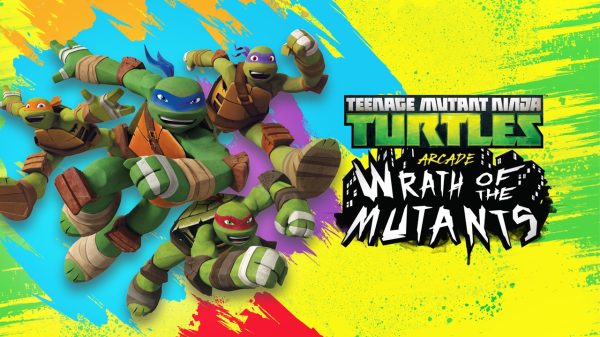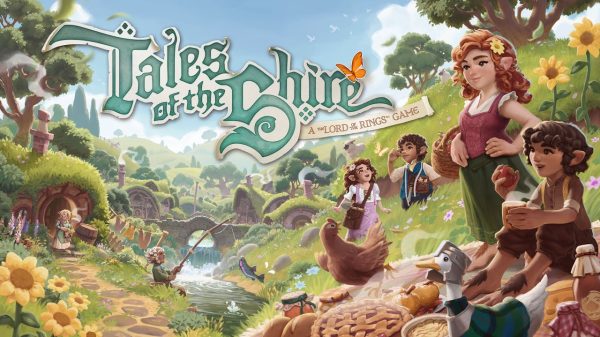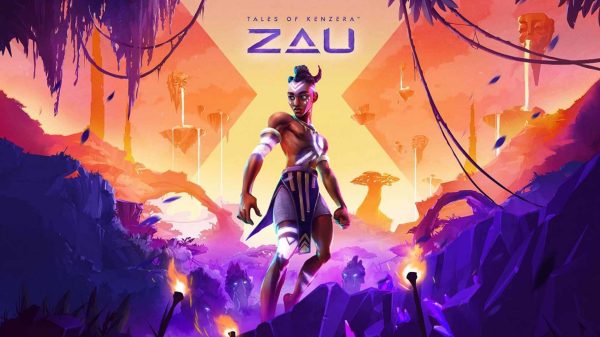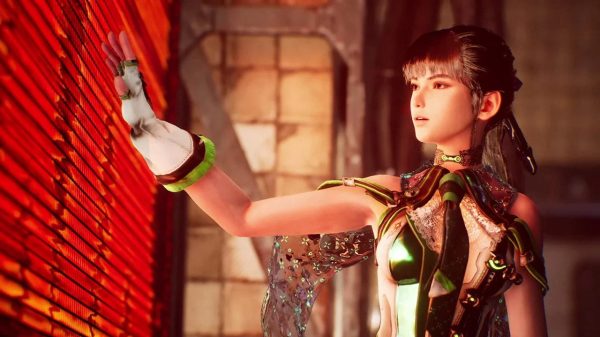It was with next to no knowledge of what occurred in the previous in-game events that I delved into the convoluted universe of Metal Gear Solid with Metal Gear Solid V: The Phantom Pain. Hideo Kojima and Kojima Productions’ have produced a series that has been praised for its intuitive stealth elements, clever AI and all-round solid gameplay (pun intended), so it was with a great excitement that I begun (or finished) my adventure with Snake.
Metal Gear Solid V: The Phantom Pain is set in 1984, 9 years after the events of Ground Zeroes. You play as Punished “Venom” Snake, also known as ‘Big Boss,’ and are fighting against Cipher who are the evil organisation responsible for the destruction of your Mother Base and the Diamond Dogs. The Diamond Dogs are a private militia led by you, Venom Snake.
This game starts off with an action-filled prologue which seeks to inform you of what happened in Ground Zeroes in the most cryptic, vague and obscure way possible. This prologue feels like a horror game with its panicked, shaky camera conveying a sense of urgency and chaos. I would have loved it if had stayed in this direction, but alas there is a huge tonal shift as you are shuttled into the game proper.
Following the prologue, you are left in the vast, open map of North Khabul, Afghanistan. You are tasked with REDACTED and are left to your own devices by REDACTED. Trotting across the desert with your equine pal is oddly soothing as you try and figure out exactly what it is you’re doing. Graphically, the landscapes are gorgeous and inviting. The large maps avoid being confusing to navigate and the lighting is superb. However, travelling across these vast maps can take a little time and just sprinting causes an annoying sound of your gear bouncing up and down every step of the way. This is where some background music would have helped, but it doesn’t really take away from the experience.
Once you know what you’re doing, the progression through the campaign is rather arduous and slow, and this can dampen the enjoyment of the overall experience. I understand that Kojima wanted the campaign to be an episodic adventure, but upon completing every mission you are given mini-credits so you see “Hideo Kojima” every 5 minutes and after a while it becomes vexatious. There are also some graphical glitches, like in a scene where you are transporting Quiet back to Mother Base. The texture on the muzzle of the sniper rifle is horrid, something that looks like it was from 8 years ago. You really think that for a game that’s been in development for such a remarkably long time that a simple texture wouldn’t be so horrid. All in all though, the game is gorgeous and perhaps one of the best looking games on current-gen, so this simple hiccup in texture rendering is forgivable. Special mention should be made of the motion capture in the character models. The main characters move and interact with the environment with a natural fluidity that is remarkable.
Going back to the plot, during most of my experience, the story felt a touch sparse. Half the missions that I was tasked with ended up making me feel jaded and demotivated to power through the story, simply because the slow pace made it feel as if some of my actions were meaningless in the big picture. However, there were definitely some intense moments that demanded my attention, for instance when I first came face-to-face with a Metal Gear. For the uninformed, a Metal Gear is essentially a giant bipedal mech which has major destructive capabilities. I was genuinely breathing profusely and my heart was racing during this moment as this bastard machine attempted to crush me. This was a perfect example of what I had grown to expect from the series, let alone what we assume to be the finale. Overall, my playthrough was sprinkled with enough intrigue and excitement that it overshadowed some of the duller moments and made for a memorable experience. The whole campaign feels like it’s the leading up to the end of a long-fought war between the Diamond Dogs and Cipher.
The buddy system in which either animals, a human or a mech aid you in various missions is perfectly implemented. Using assets like D-Horse to travel quickly across Afghanistan and Africa or D-Dog to highlight enemies, armaments, vehicles and prisoners makes it feel like these companions are an extension of the Big Boss himself. None of my buddies felt like a hindrance but obviously I had my favourites. D-Dog (who can be a little frustrating by getting in your way when you’re trying to grab and interrogate people, causing you to kick him) and Quiet (who broadcasts this annoying and repetitive humming which can only be interrupted by issuing an order for her to follow) perfectly suited my style of play as a sneaky infiltrator. However, I can see that D-Horse and D-Walker would be better suited to someone like DYEGB contributor Taylor Jeffrey who likes to go loud and kill everyone in sight with absolutely no regards to stealth. Speaking of stealth, the game does not force you to stay in the shadows and go in quiet every time. You want to grab a rocket launcher and blow everything up? By all means go and do it. MGS has made all-out assault a viable option although obviously the game favours stealth and tends to reward accordingly. But if you’re not concerned with being spotted then stealth is definitely not the be all and end all to this game if you so choose. Flexibility in how you tackle the game’s objectives is at the heart of TPP, and how you handle situations on-the-fly can lead to some very interesting emergent gameplay moments. For instance, being spotted by enemies causes the game to initiate a slow motion feature called reflex time in which you can easily kill whomever has spotted you with ease, the companion known as Quiet will also kill people who have spotted you during reflex time.
Early on you are introduced to a crafting progression system for your equipment and your buddies’ equipment. It’s a very simplistic system that is easy to understand, but deep and rewarding at the same time. You require staff members in your R&D (Research & Development) team to craft items. The better your R&D team is, the better your arsenal can be. This system is great, but is also meticulously well balanced. Forgetting about it can leave you at a disadvantage and constantly developing everything you can will break your in-game bank, so some discretion is required in how you allocate funds.
After about 20 missions or so you are also introduced to the Forward Operating Base (FOB) system. This is more or less the multiplayer that Metal Gear Solid V: The Phantom Pain offers. Participating in either defending your FOBs or invading other people’s FOBs will either keep your staff members safe or gain you extra, more qualified staff members. This can prove quite beneficial for single player aspects of the game as well as it allows for more powerful equipment to be developed. There has been a lot of controversy regarding FOBs because there are microtransactions which assist their construction and staffing. However, there is no actual paywall, meaning everything can be done in terms of your FOB at a decent pace without paying money. The rate at which you acquire the main currency involved in upgrading FOBs, Mother Base Coins (MBCs), is fast enough that you probably don’t need to drop any cash at all if you’re willing to put in a bit of work. This is a perfect example of how microtransactions can be done correctly as you are by no means punished for choosing not to purchase the in-game currency. A majority of the fanbase were fretting that these microtransactions would steer the game in an unfair direction where Maximillion Snodgrass III from Harvard could ruin your day with Daddy’s trust fund while playing golf on his yacht, but this is not the case thankfully.

With its stunning visuals and stellar gameplay Metal Gear Solid V: The Phantom Pain aims to be a contender for game of the year and is definitely worth your time and money. It offers a seemingly insurmountable amount of content and is a shining beacon in what has been so far a slightly disappointing generation in gaming. Every aspect of gameplay including gunplay and stealth is refined and incredibly enjoyable and rewarding. You are left to approach objectives in whatever direction you please. This truly is a spectacular game that should not be missed. Thank you, Hideo Kojima for the last 28 years of gaming joy that you have brought to so many people. After the credits roll after the climactic final encounters, the gifted creator and director offers a heartfelt farewell to the players in a 10-minute video. Finishing this saga, which has gained both cult and mainstream success, has obviously been a labour of love for Kojima and his team, and this really shines in the overall gameplay, graphical and production polish on show here. Metal Gear Solid: The Phantom Pain is a fitting finale for both Big Boss and Kojima, and stands as a moment in gaming history.

- Kojima Productions
- Konami
- PS4 / PS3 / Xbox One / Xbox 360 / PC
- September 1, 2015



Jordan lives and breathes Dark Souls, even though his favourite game is Bloodborne. He takes pride in bashing his face on walls and praising the sun. Hailing from the land of tacos, he is the token minority for WellPlayed.





